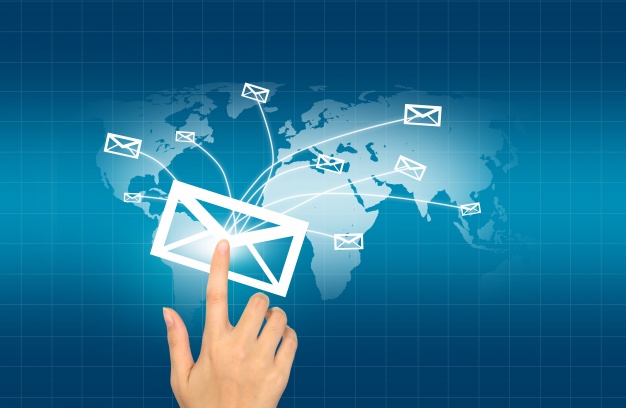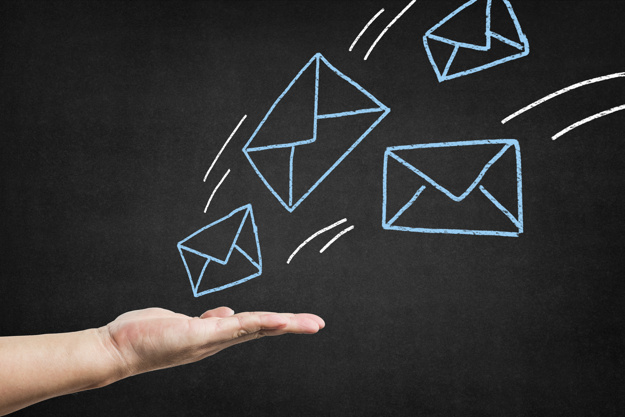Modern marketing strategies are all about information technologies and utilizing the gadgets and devices that most potential customers and users have. Personal desktop and laptop computers, smartphones, tablets, and even smartwatches are enough for any company to reach thousands of people with the message and information they mean to share. The efforts businesses put into the way they advertise their products and services as well as how much they tend to go out of their way for every customer is astonishing. However, it works, and it demands respect. Moreover, it does not have to be nearly as challenging or complicated as you may think.
Among the most used and most trusted means of marketing are personalized emails. This is the go-to, practically free, and very easy to establish a form of marketing that literally anyone can utilize with the right advice and tactics. In this article, you will be able to learn more about it, especially what it actually is and what the best practices and strategies of using it are. If you wish to learn more about personalized emails or in case you need the right service to help you with it, make sure to check out Yespo.
What Does It Do?

It is fairly easy to realize all the benefits of personalized emails once you think about it a bit harder. This system or process uses personal information and details of the people who subscribed to a certain website or platform and sends them targeted emails about things they may be interested in. It is a type of individual, custom treatment for every customer based on their behavior online. Email marketing metrics are a valuable asset to any business and there is nothing better than this type of approach.
The customers benefit from these emails as well since they are rewarded with new experiences. The ultimate goal of this strategy is to understand the personalities and therefore the needs of individual customers. It is not just about reading the emails and offering your product to a new person, but an enjoyable and exciting way in which one can find out about something they truly need without the common irritations of other marketing firms. The ultimate result is an improved relationship between the company and the customer because email communication is more humanized and feels more personal. Both sides win.
Moreover, email as a tool of sending and receiving messages tends to be greatly underused in modern times of faster and arguably more convenient methods of communication. Social media has taken over but the trusty old electronic message is still the way to go for so many things. What is more, in an age when an average inbox is constantly filled with junk and spam mail, a personalized message with the things somebody actually has the use of is a welcome sight and a pleasant surprise.
Lastly, in terms of trends and popular ways of doing things in business, personalized emails are also a type of standard nowadays. Not only that but the technologies at play here are becoming more and more capable each year and they can better learn and predict what the individual customers may like, want, or need. As technology as a whole is becoming smarter and more sophisticated, it is only a matter of time before we start getting exactly what we need as offers in our inboxes.
Strategies and Practices
So how does one even begin to use personalized emails as a form of marketing and what needs to be done for it to become a part of your operation? Well, there are multiple factors to consider and things to do and in the following section, there will be a word or two about them.
1. Segmentation

Among the best and most optimal ways, emails are used for marketing is segmentation, or grouping customers into lists according to certain parameters. Most basic examples include age, gender, location, and role in society. The criteria you would like to base your email sending algorithm on are entirely up to you and depends on the type of product or service you offer. Once the subscribers register and give you their information, those that are the most relevant will be added to the list you established.
2. Browsing History and Preferences

By far the most used way in which people get targeted content and personalized emails is through their behavior while browsing and surfing the online world. The history a person has in terms of navigating through the internet is a clear indicator of what they are interested in and what they like the most. If it happens to be similar to what a business offers, an email of interest may appear in their inbox. The famous cookies you nowadays have to agree with if you mean to continue your stay at a website are responsible for gathering the browsing data. Such approaches are very effective and they help both sides.
3. People Instead of Automation

Based on the feedback of users in recent years, more than 65% of them do not even open emails that are obviously automated and lack any kind of human touch. A much-preferred way of going about things in this sense is making your emails appear like they have more personality like a human has sent them and not a system. If the subject or the heading contains info about a real person and contains the “from” part, the email is much more likely to be opened and examined. What is more, the picture attached to the email should be the face of the sender of the employee in charge of internet marketing instead of the company or brand logo or an avatar that has nothing to do with it.
4. Anniversaries and Holidays

People enjoy being thought of and it is a normal human trait. This is why most email marketing campaigns target the birthdays of the users as well as anniversaries of their registration or purchases. Holidays like Christmas, Easter, Halloween, or Valentine’s Day are good chances to catch people in good spirits and have them check out what you have in store without hesitation or frustration.

